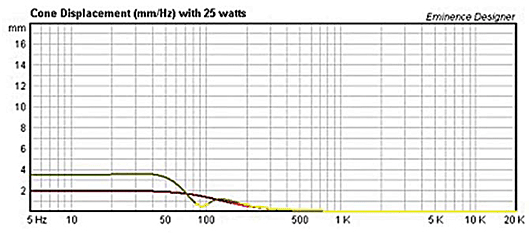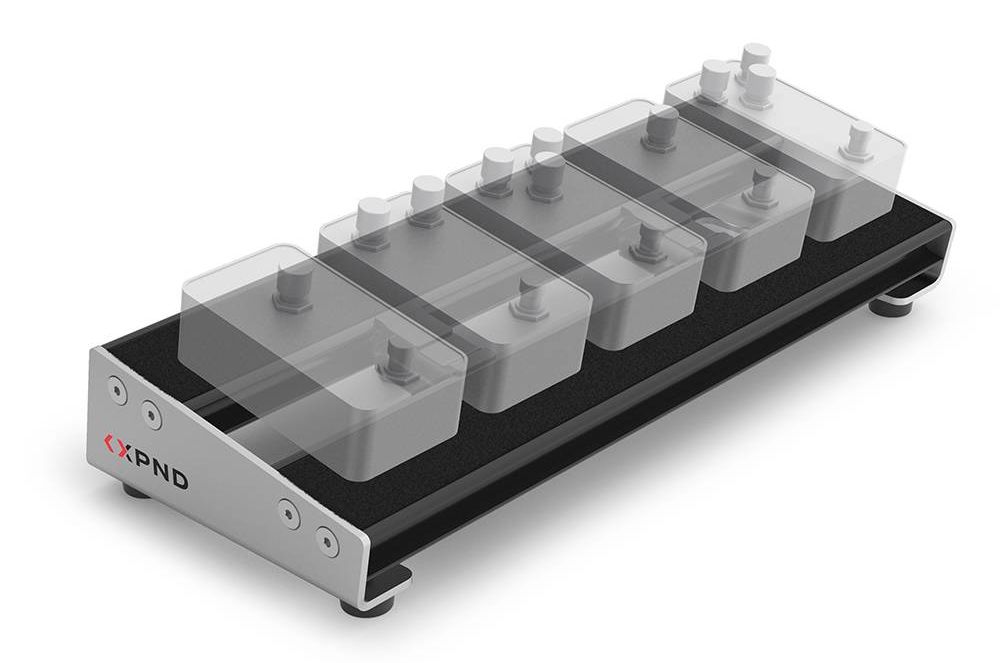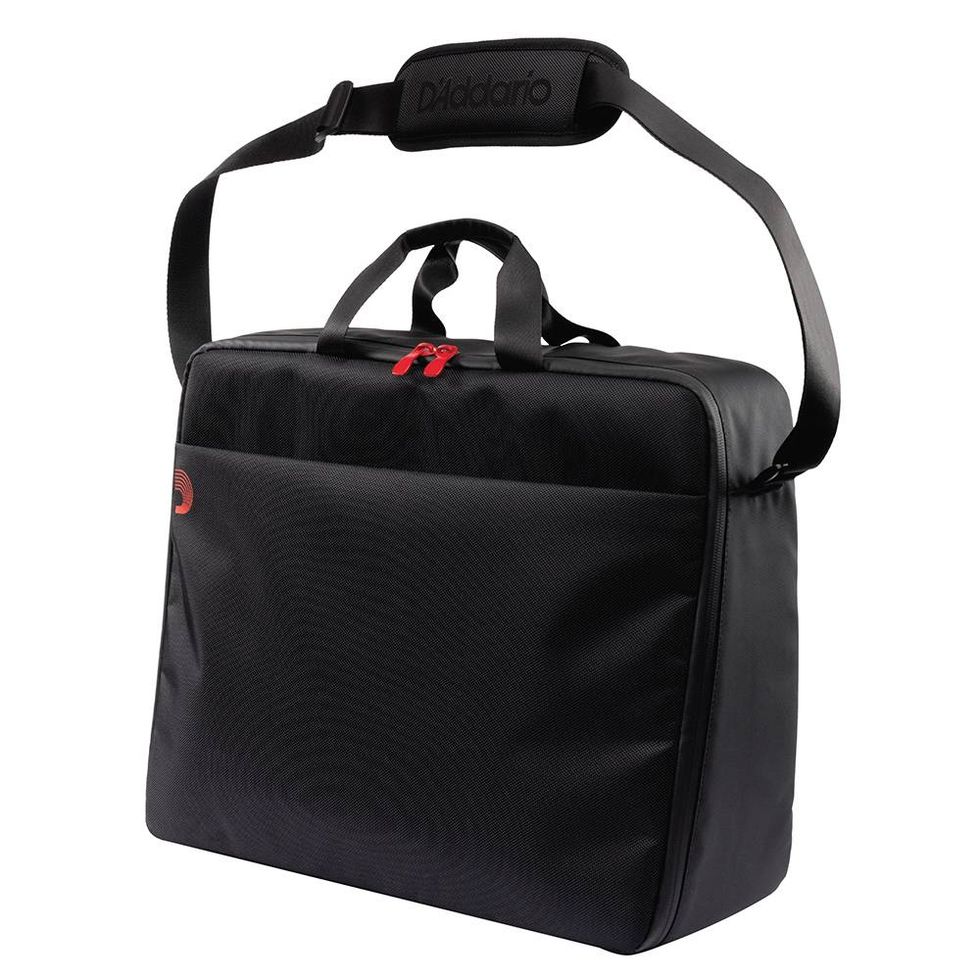In the past three articles I have discussed various speaker parameters. In this first of two parts, I will explain how those parameters relate to designing guitar cabinets using modeling software. If you don’t have previous knowledge of box tunings, 3dB down points – or F3 if you prefer – and you aren’t willing to experiment, design software isn’t very likely to be a useful tool. Also, since guitar tone is subjective, your idea of optimal may be completely different than mine.
I’ll be using Eminence Designer Software designed by Harris Technologies. It is very user-friendly and has good features, although you may find similar programs to be equally effective. You can model any driver as long as you know its T/S – Thiele/Small – parameters.
When designing guitar speakers, I make comparisons using gear I’m very familiar with. I’m not designing new cabinets; I’m looking to compare apples to apples and eliminate any variables I can in comparing speaker performance. The familiar cabinet model I’m using may be tuned too low for a speaker that lacks low-end response, so the bass may suffer and become “flabby.” However, the low-end response might be improved with a different cabinet model.

What’s difficult about using design software for guitar is that starting from scratch may give you unrealistic results. For example, I have seen design software predict a 20 cubic foot box for a single 12” speaker when most commonly used 1x12s are more realistically 1.5 to 2 cubic feet.
Also, due to the nature of guitar speakers, you are unable to take advantage of certain graphs predicted by the software that are otherwise useful for bass or pro audio designs. Unlike pro audio and bass speakers, guitar speakers typically have high SPL, high Qts and low Vas. While this allows you to vary from optimal conditions – guitar speakers aren’t as cabinet dependent – it adds to problems in modeling. If you’re allowing the software to predict size and tuning, it will give you as flat a response as possible, which isn’t as desirable for guitar applications since the goal is creating tone, not completely accurate sound reproduction.
One very important graph for modeling pro audio and bass cabinets is cone displacement. This graph demonstrates the mechanical power handling of the speaker in the cabinet you are modeling (shown above). A shaded line represents when the speaker is reaching Xmax , or maximum linear excursion. To a certain point, this may only represent distortion associated with the voice coil moving non-linearly. For pro audio or bass applications, this distortion is not desirable and should be avoided. However, for guitar, a certain amount of distortion may be desired. How much distortion is subjective, so for guitar applications, you can’t really count on using this graph except for predicting if your speaker might fail mechanically, although the software does not reflect cone break-up; the cone may exhibit non-linear behavior before the voice coil.
The only graph I think that will truly help us in modeling guitar cabinets is custom amplitude response. This graph best represents lowend response and the output level that can be expected. Please note that it’s only useful out to about 200Hz-300Hz because the software only considers the inductance roll-off, not cone response. Beyond 200Hz-300Hz, you should use the SPL versus frequency graph provided by the speaker manufacturer. Next month, we’ll take a look at four different models done with custom amplitude response.
Anthony “Big Tony” Lucas
is a guitarist and Senior Lab Technician at Eminence Speaker LLC, where he specializes in guitar-speaker design and customer support. Big Tony has been with Eminence for over 10 years and is responsible for many well-known guitar speaker designs.



















![Rig Rundown: Russian Circles’ Mike Sullivan [2025]](https://www.premierguitar.com/media-library/youtube.jpg?id=62303631&width=1245&height=700&quality=70&coordinates=0%2C0%2C0%2C0)






